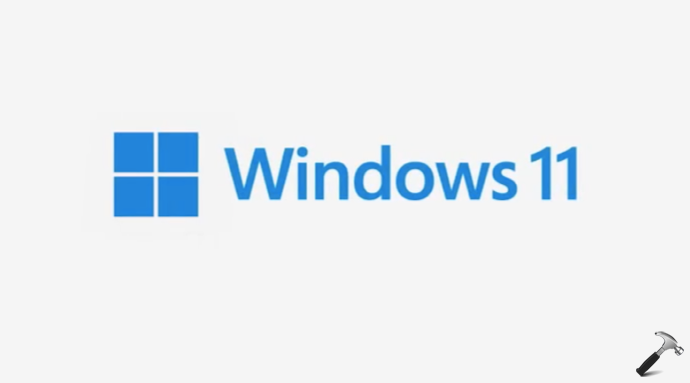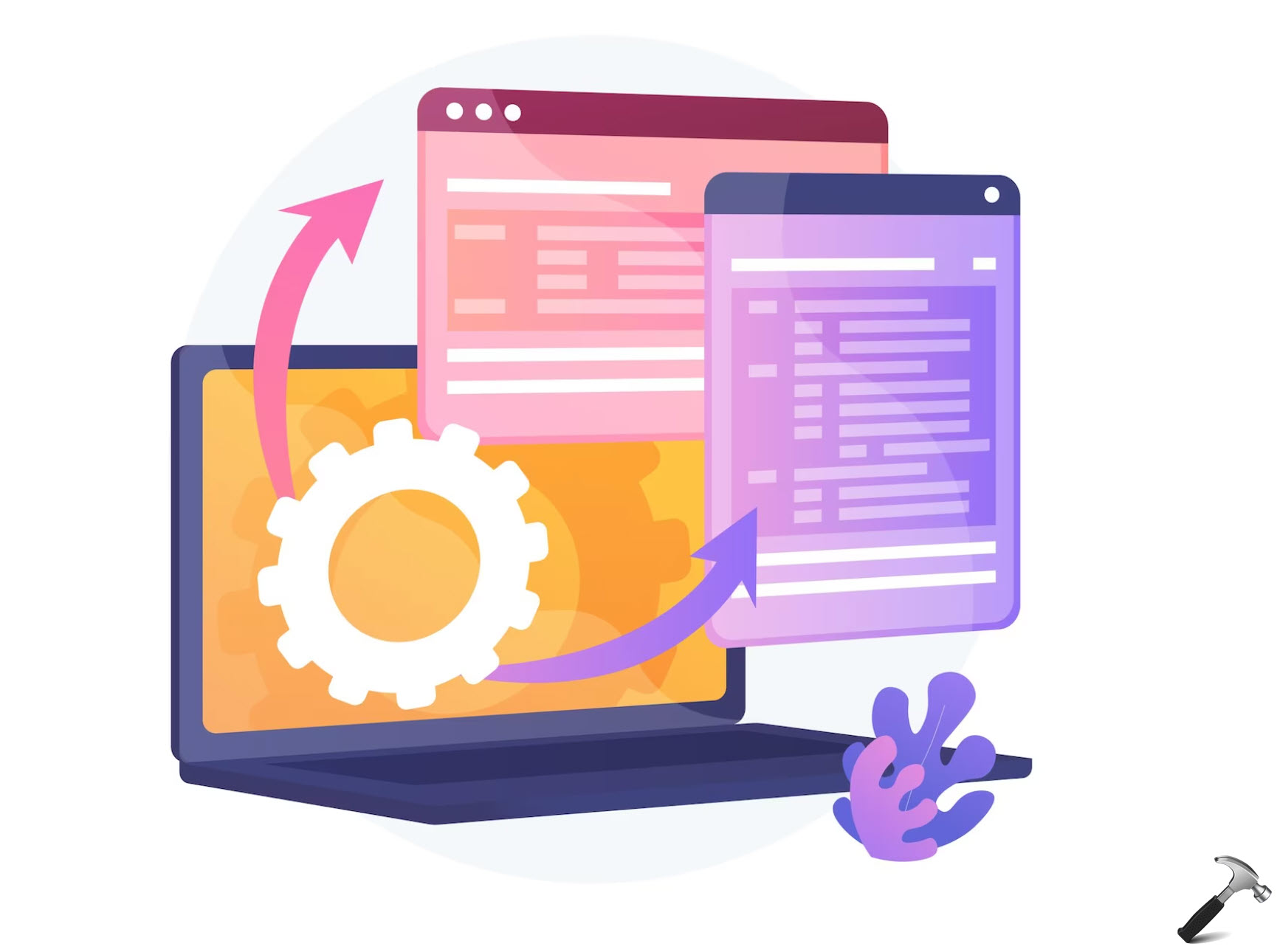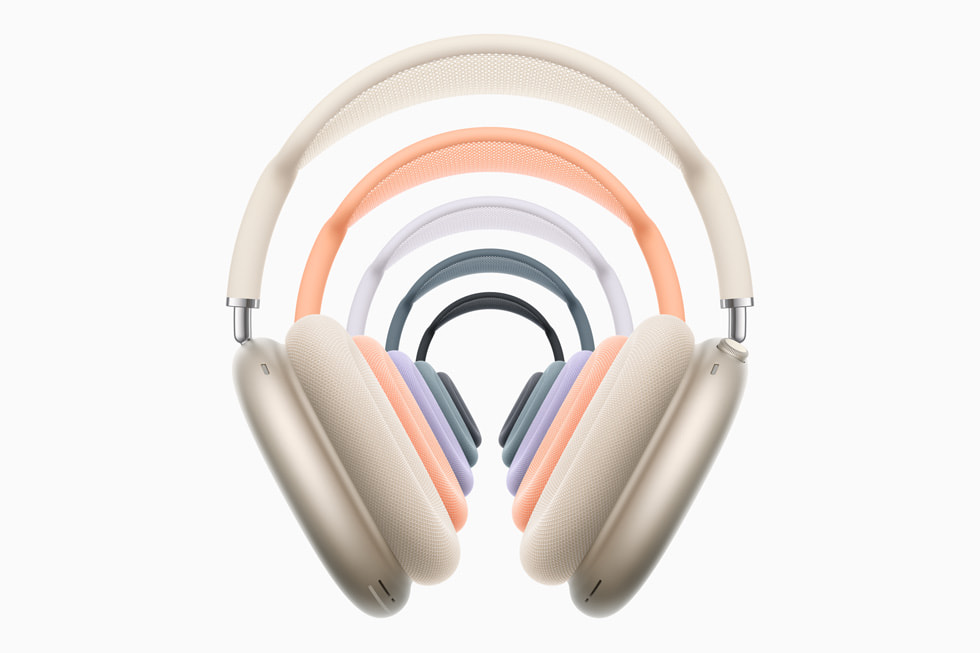Few hours ago, Microsoft’s announced Windows 11 as the next Windows operating system. You can read about all of the crucial changes you will see in Windows 11, in this post. You might be wondering what will be the system requirements for the new operating system. In this article, you will read all that information.

Image credits: Microsoft
So there were a lot of questions in the past weeks about Windows 11 in official Microsoft forums. You may also have some questions about Windows 11. I hope you’ll get the answer next here.
Page Contents
Windows 11 system requirements
Minimum hardware requirements for Windows 11
The common and minimum system requirements for Windows 11 is as follows:
- Processor: 1 gigahertz (GHz) or faster with 2 or more cores on a compatible 64-bit processor or System on a Chip (SoC)
- Memory: 4 GB RAM
- Storage: 64 GB or larger storage device
- System firmware: UEFI, Secure Boot capable
- TPM: Trusted Platform Module (TPM) version 2.0
- Graphics card: DirectX 12 compatible graphics / WDDM 2.x
- Display: > 9″ with HD Resolution (720p)
- Internet connection: Microsoft account and internet connectivity required for setup for Windows 11 Home
Feature specific requirements for Windows 11
These are feature specific requirements for Windows 11. Not every system supports all features and vice versa.
| Windows Subsystem for Android™ | Apps available in Amazon Appstore in Microsoft Store on Windows 11. Requires 8 GB of RAM. Not available on devices running Windows 11 in S mode. Available in select markets. App availability varies by geography.
Android is a trademark of Google LLC. Amazon and all related marks are trademarks of Amazon.com, Inc., or its affiliates. All other trademarks are the property of their respective owners. |
|---|---|
| 5G support | requires 5G capable modem where available. |
| Auto HDR | requires an HDR monitor. |
| BitLocker to Go | requires a USB flash drive (available in Windows Pro and above editions). |
| Client Hyper-V | requires a processor with second level address translation (SLAT) capabilities (available in Windows Pro and above editions). |
| Cortana | requires a microphone and speaker and is currently available on Windows 11 for Australia, Brazil, Canada, China, France, Germany, India, Italy, Japan, Mexico, Spain, United Kingdom, and United States. |
| DirectStorage | requires an NVMe SSD to store and run games that use the Standard NVM Express Controller driver and a DirectX12 GPU with Shader Model 6.0 support. |
| DirectX 12 Ultimate | is available with supported games and graphics chips. |
| Presence | requires sensor that can detect human distance from device or intent to interact with device. |
| Intelligent Video Conferencing | requires video camera, microphone, and speaker (audio output). |
| Multiple Voice Assistant (MVA) | requires a microphone and speaker. |
| Snap | three-column layouts requires a screen that is 1920 effective pixels or greater in width. |
| Mute/Unmute from Taskbar | requires video camera, microphone, and speaker (audio output). App must be compatible with feature to enable global mute/unmute. |
| Spatial Sound | requires supporting hardware and software. |
| Microsoft Teams | requires video camera, microphone, and speaker (audio output). |
| Touch | requires a screen or monitor that supports multi-touch. |
| Two-factor Authentication | requires use of PIN, biometric (fingerprint reader or illuminated infrared camera), or a phone with Wi-Fi or Bluetooth capabilities. |
| Voice Typing | requires a PC with a microphone. |
| Wake on Voice | requires Modern Standby power model and microphone. |
| Wi-Fi 6E | requires new WLAN IHV hardware and driver and a Wi-Fi 6E capable AP/router. |
| Windows Hello | requires a camera configured for near infrared (IR) imaging or fingerprint reader for biometric authentication. Devices without biometric sensors can use Windows Hello with a PIN or portable Microsoft compatible security key. |
| Windows Projection | requires a display adapter which supports Windows Display Driver Model (WDDM) 2.0 and a Wi-Fi adapter that supports Wi-Fi Direct. |
| Xbox (app) | requires an Xbox Live account, which is not available in all regions. See Xbox Live Countries and Regions for the most up-to-date information on availability. Some features in the Xbox app will require an active Xbox Game Pass subscription (sold separately). |
Above information is referenced from this official page.
Windows 11 FAQs
Q: Can I continue to use Windows 10 after the release of Windows 11?
A: Yes. Its not mandatory to upgrade to Windows 11. Microsoft will support Windows 10 until 14 October 2025, as stated earlier when Windows 10 was first released.
—
Q: When I can upgrade Windows 10 to Windows 11?
A: If your existing Windows 10 PC is running the most current version of Windows 10 and meets the minimum hardware specifications it will be able to upgrade to Windows 11. The upgrade rollout plan is still being finalised, but for most devices already in use today, we expect it to be ready sometime in early 2022. Not all Windows 10 PCs that are eligible to upgrade to Windows 11 will be offered to upgrade at the same time. To see if your PC is eligible to upgrade, you need to download and run the PC Health Check app available on Microsoft website. Once the upgrade rollout has started, you can check if it is ready for your device by going to Settings/Windows Updates.
—
Q: How do you know, if your system has Windows 11 upgrade available?
A: Upgrade to Windows 11 will begin to roll out late in 2021 and continue into 2022. During this time, we will be doing some behind-the-scenes testing and validating for your specific PC. Windows Update will provide an indication if and when your PC is eligible. You can check by going to Settings/Windows Update.
—
Q: Can I buy a system with Windows 11 pre-installed?
A: The answer is yes. According to Microsoft, PCs that come with Windows 11 pre-installed will be available from a broad selection of retailers later this year.
—
Q: Will I get free upgrade from Windows 10 to Windows 11?
A: Yes. Windows 10 PCs that are running the most current version of Windows 10 and meet the minimum hardware specifications will be able to upgrade.
—
Q: Can I go back to Windows 10 if I don’t like Windows 11 after upgrade?
A: Yes, but you’ve to downgrade to Windows 10 within 10-days of upgrade..
That’s it!
Read next: Check Windows 11 eligibility using PC Health Check app.
![KapilArya.com is a Windows troubleshooting & how to tutorials blog from Kapil Arya [Microsoft MVP (Windows IT Pro)]. KapilArya.com](https://images.kapilarya.com/Logo1.svg)











Leave a Reply